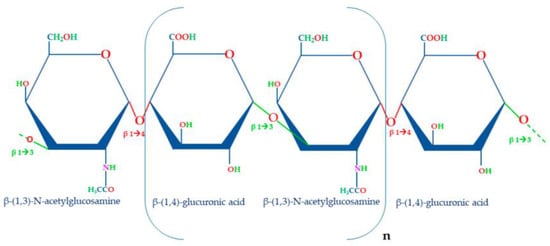The interaction between epithelial and connective cells is multifactorial, involving a wide variety of cytokines, growth factors, and cell adhesion molecules. These factors regulate processes such as cell proliferation, migration, and differentiation, influencing both the health of periodontal tissue and the progression of periodontal diseases [73]. In particular, fibroblasts within the connective tissue, where they play a crucial role in the synthesis of extracellular matrix (ECM) components and in matrix remodeling, interact with epithelial cells through cell–cell contact and soluble mediators, thus influencing cell proliferation, differentiation, and migration [74]. Epithelial cells and fibroblasts therefore engage in bidirectional communication to maintain tissue integrity and respond to external stimuli. Epithelial cells secrete growth factors such as epidermal growth factor (EGF) and transforming growth factor-beta (TGF-β), which modulate fibroblast activity, promoting collagen synthesis and ECM deposition [75]. In contrast, fibroblasts produce signaling molecules such as keratinocyte growth factor (KGF) and hepatocyte growth factor (HGF), which stimulate epithelial cell proliferation and migration. This bidirectional communication is the basis of wound healing and the maintenance of a healthy periodontal environment [76]. Epithelial cells produce pro-inflammatory cytokines, such as interleukin-1 (IL-1), IL-6, and tumor necrosis factor-alpha (TNF-α), in response to pathogenic stimuli. These cytokines activate fibroblasts in the underlying connective tissue, promoting the production of matrix metalloproteinases (MMPs), enzymes that degrade the extracellular matrix during the inflammatory response and tissue remodeling [3]. For cells, the ECM provides a structural scaffold and plays a role in determining their behavior through mechanical and biochemical signals. ECM components, including collagen, elastin, fibronectin, and laminin, interact with integrins, influencing cell adhesion, migration, and differentiation. ECM remodeling is a process based on the balance between its synthesis and degradation. Matrix metalloproteinases (MMPs), particularly MMP-1, MMP-8, and MMP-13, are produced by both epithelial and connective tissue cells and are crucial for ECM turnover. The dysregulation of MMP activity occurs with the progression of periodontal disease in which we see excessive degradation of collagen and other matrix components [77]. In periodontal diseases, such as gingivitis and periodontitis, the interactions between epithelial and connective tissue cells are altered by the infiltration of pathogens and the resulting immune response. Pathogens, such as Porphyromonas gingivalis and Aggregatibacter actinomycetemcomitans, cause the activation of epithelial cells and the production of pro-inflammatory cytokines that stimulate fibroblasts and other immune cells, resulting in an inflammatory response and degradation of periodontal tissues [78]. MMPs produced by fibroblasts in this process degrade the extracellular matrix and collagen that constitute the supporting structure of the periodontal ligament. Epithelial cells also act as sentinel cells of the innate immune response, recognizing pathogens via toll-like receptors (TLRs) and activating a signaling cascade that promotes inflammation. Fibroblasts, on the other hand, are involved in adaptive immunity, interacting with T and B lymphocytes, modulating their function through the production of cytokines such as IL-10 and TGF-β, which have immunoregulatory effects [79]. Periodontal ligament fibroblasts and mesenchymal stem cells (MSCs) are important in periodontal tissue regeneration. Interactions between MSCs and epithelial cells are mediated by fibroblast growth factor (FGF), insulin-like growth factor (IGF), and signals derived from the extracellular matrix. These signals promote cell proliferation, migration, and differentiation, facilitating periodontal tissue regeneration [80].
Source link
Alessandro Polizzi www.mdpi.com

